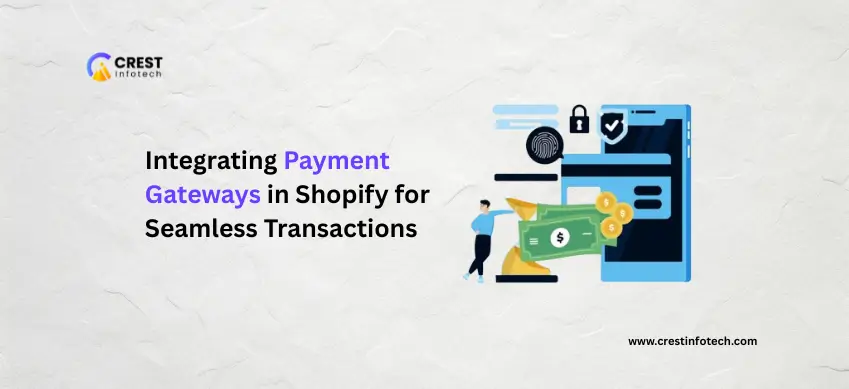A smooth, secure checkout experience is crucial for converting visitors into customers. One of the most critical components of this process is the payment gateway. In this guide, we’ll walk through how to integrate payment gateways into your Shopify store for seamless transactions and customer trust.
What is a Payment Gateway?
A payment gateway is the service that authorizes credit card or direct payments for online businesses. It connects your store to the financial institutions involved in a transaction, ensuring secure and efficient processing.
Built-In Payment Options with Shopify
Shopify supports a wide range of payment gateways, and many are pre-integrated into the platform for convenience.
Shopify Payments
Shopify Payments is the default gateway available in many countries. It offers several advantages:
-
No third-party transaction fees
-
Seamless integration with checkout
-
Support for major cards and Apple Pay/Google Pay
Third-Party Payment Providers
If Shopify Payments isn’t available in your country, or if you prefer another provider, Shopify supports over 100 third-party gateways, including:
-
PayPal
-
Stripe
-
Authorize.net
-
2Checkout
How to Integrate a Payment Gateway in Shopify
Step 1: Access Payment Settings
-
Go to Shopify Admin > Settings > Payments
-
Click “Choose a provider” under the “Third-party providers” section
Step 2: Select and Set Up Provider
-
Choose your preferred provider
-
Enter your account credentials (API keys, merchant ID, etc.)
-
Follow the on-screen instructions to connect
Step 3: Test Transactions
-
Activate test mode (if available)
-
Run a few test transactions to ensure proper setup
-
Review confirmation emails and order data
Considerations When Choosing a Gateway
Transaction Fees
Some gateways charge both fixed and percentage-based fees. Shopify also adds transaction fees unless you’re using Shopify Payments.
Supported Currencies and Countries
Make sure the provider supports your store’s currency and the countries you serve.
Checkout Experience
Some gateways redirect users off-site, while others allow for an integrated checkout. On-site options typically provide a smoother customer experience.
Security and Compliance
All Shopify-supported gateways are PCI compliant. However, merchants should also:
-
Use SSL certificates (Shopify includes one by default)
-
Avoid storing payment details on their own servers
-
Educate themselves on chargeback policies and fraud protection
Alternative Payment Methods
Offer additional options to cater to different customer preferences:
-
Buy Now, Pay Later (e.g., Afterpay, Klarna)
-
Digital Wallets (e.g., Apple Pay, Google Pay, Shop Pay)
-
Cryptocurrency via integrations like Coinbase Commerce
Final Thoughts
Integrating the right payment gateway is about more than just accepting money — it’s about delivering trust, security, and convenience to your customers. By choosing the right provider and configuring it correctly in Shopify, you ensure a seamless checkout process that supports your business growth.



